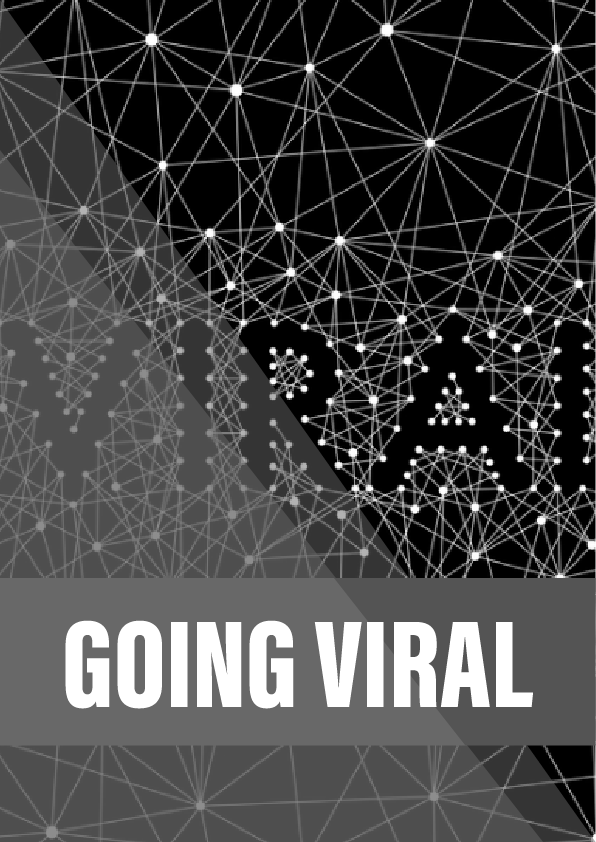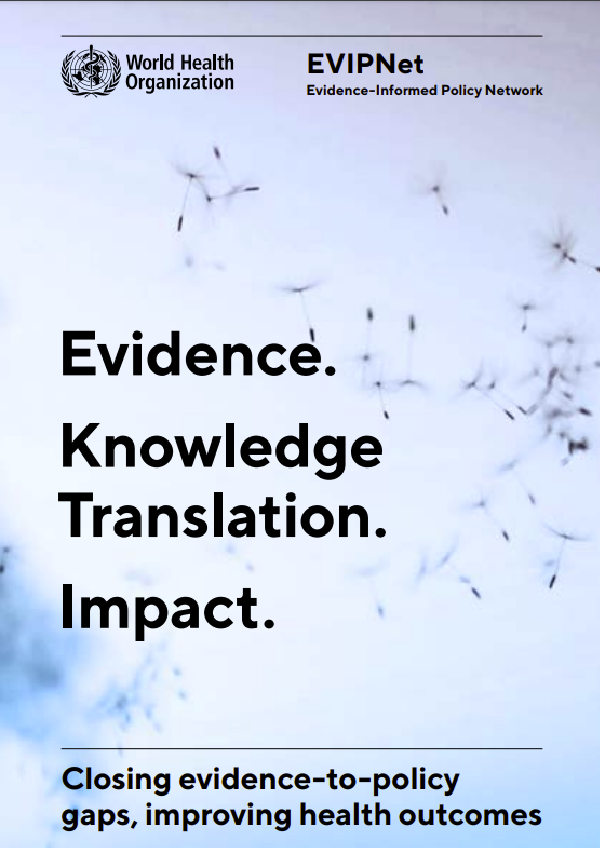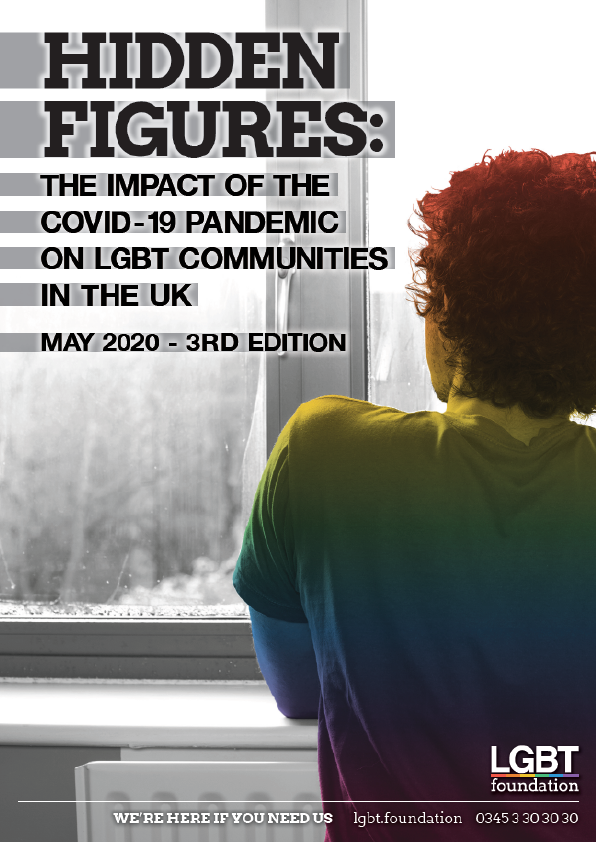In the spring of 2014, Vietnam’s state-controlled news media reported that dozens of children had died after turning up at hospitals in the capital, Hanoi, with rashes and high fevers. Doctors said the cause was a measles outbreak – the worst in Vietnamese history.
Parents of victims rushed onto Facebook to share their grief and outrage. So did their friends and neighbours, who wanted to know how the outbreak was spreading, and whether it was even safe to take children to hospital. The authorities distributed information about the measles deaths via leaflets, loudspeaker bulletins and updates on the health ministry’s website, recalls a nurse at a state-run hospital in Hanoi, who requested anonymity in order to speak frankly. “But there was so much information online that some people became panicked.”
Vietnam is a one-party state that has responded efficiently to many natural disasters and health emergencies. During a 2005 outbreak of avian flu, for example, the Vietnamese agriculture minister famously ate chicken on national television in an effort to calm public fears about widespread poultry infections. But when the 2014 measles scandal broke, millions of Vietnamese were using Facebook, compared to almost none just a few years earlier. And the government, which sporadically blocks the network, was unable to extinguish a Facebook-fuelled bush-fire of fear, anger and recrimination that swept the nation.
Reference:
An overview of ‘digital epidemiology’, an emerging scientific field.
From the journal PLOS ONE , an assessment of the performance of Google Flu Trends in the USA during the H1N1 pandemic in 2009.
A study of the use of Google search data to estimate malaria trends in Thailand, published in the Malaria Journal .
‘When Google got flu wrong’ , an article in published in Nature .At the Epicentre: Hong Kong and the SARS outbreak , Christine Loh et al.’s account of the epidemic of 2003.An assessment of South Korea’s response to its 2015 MERS crisis.











